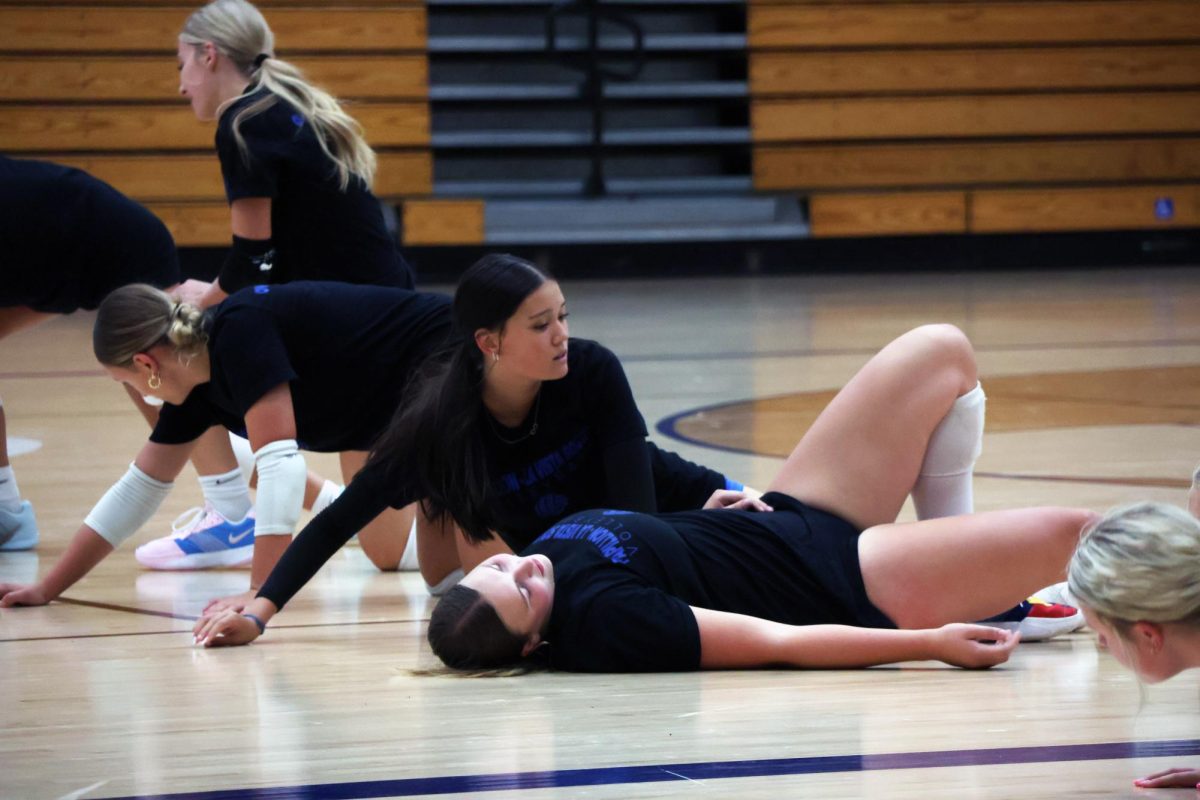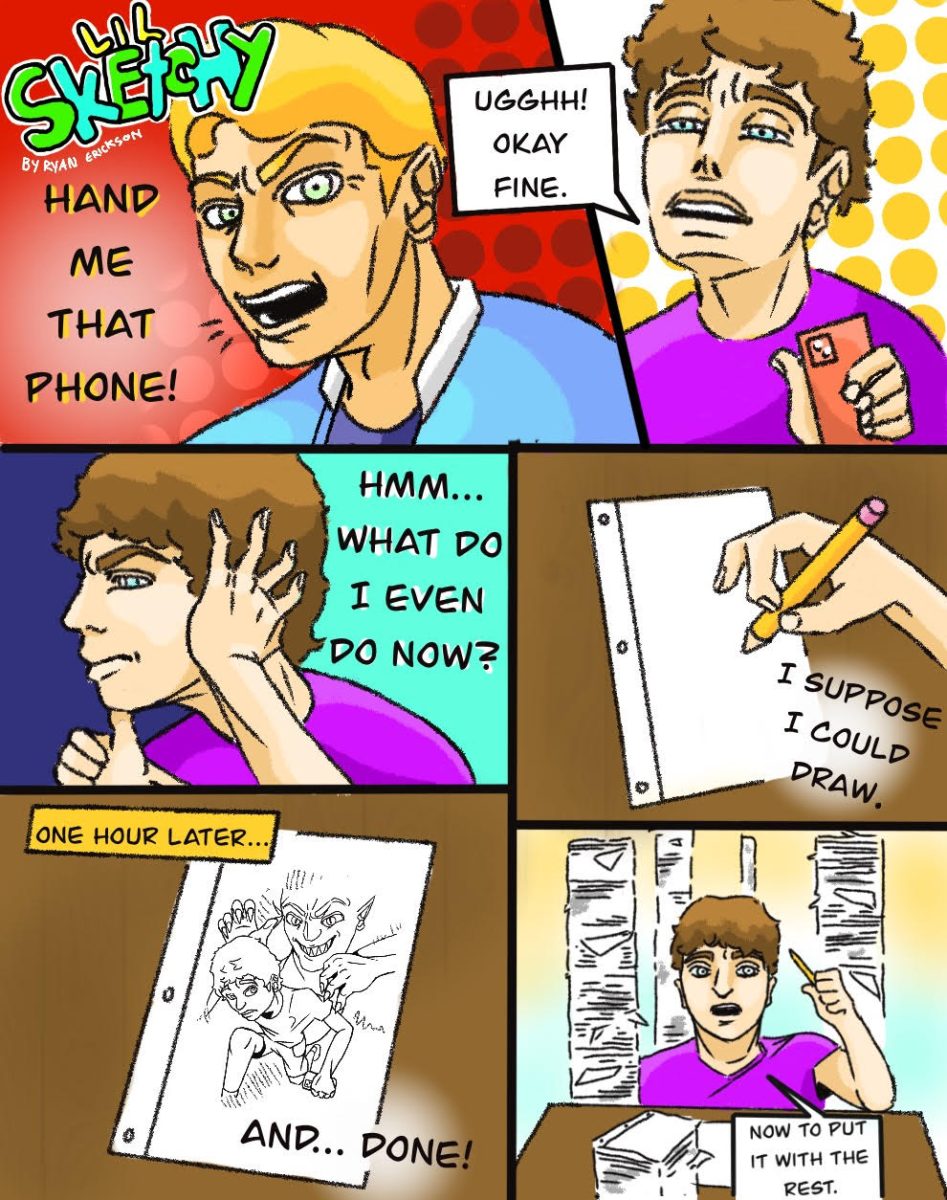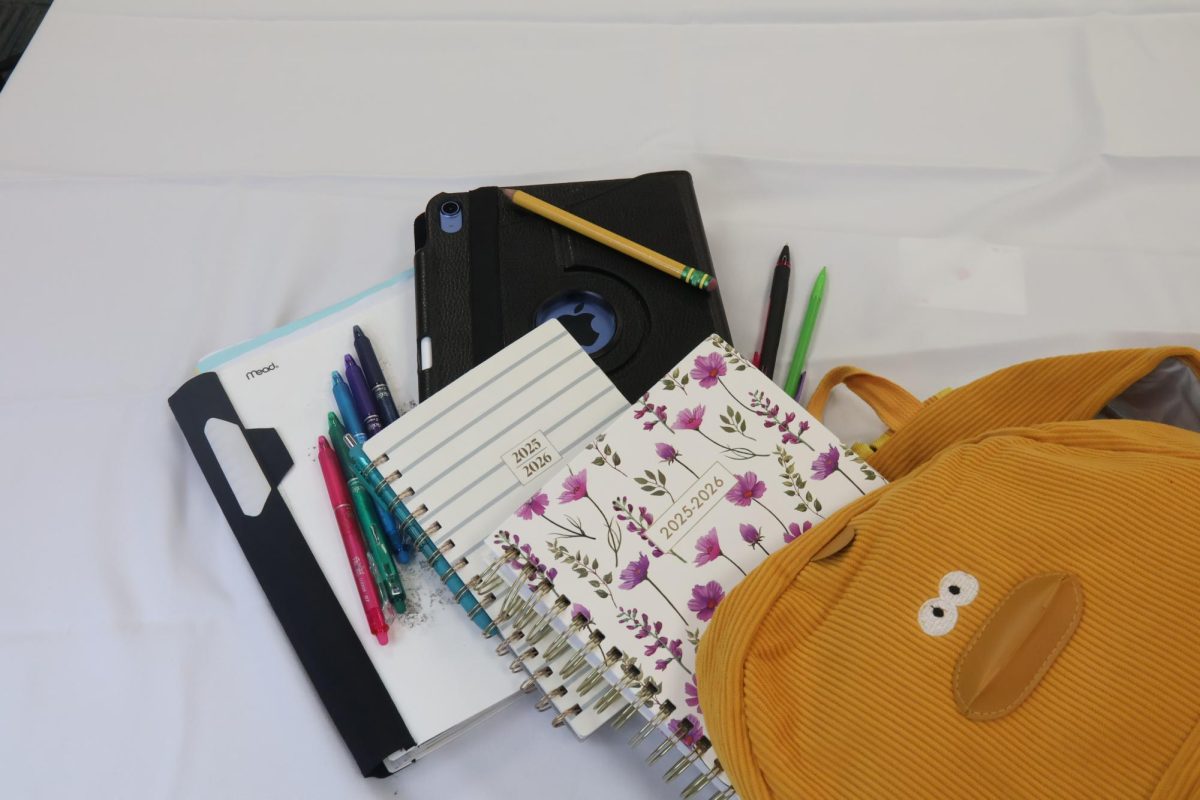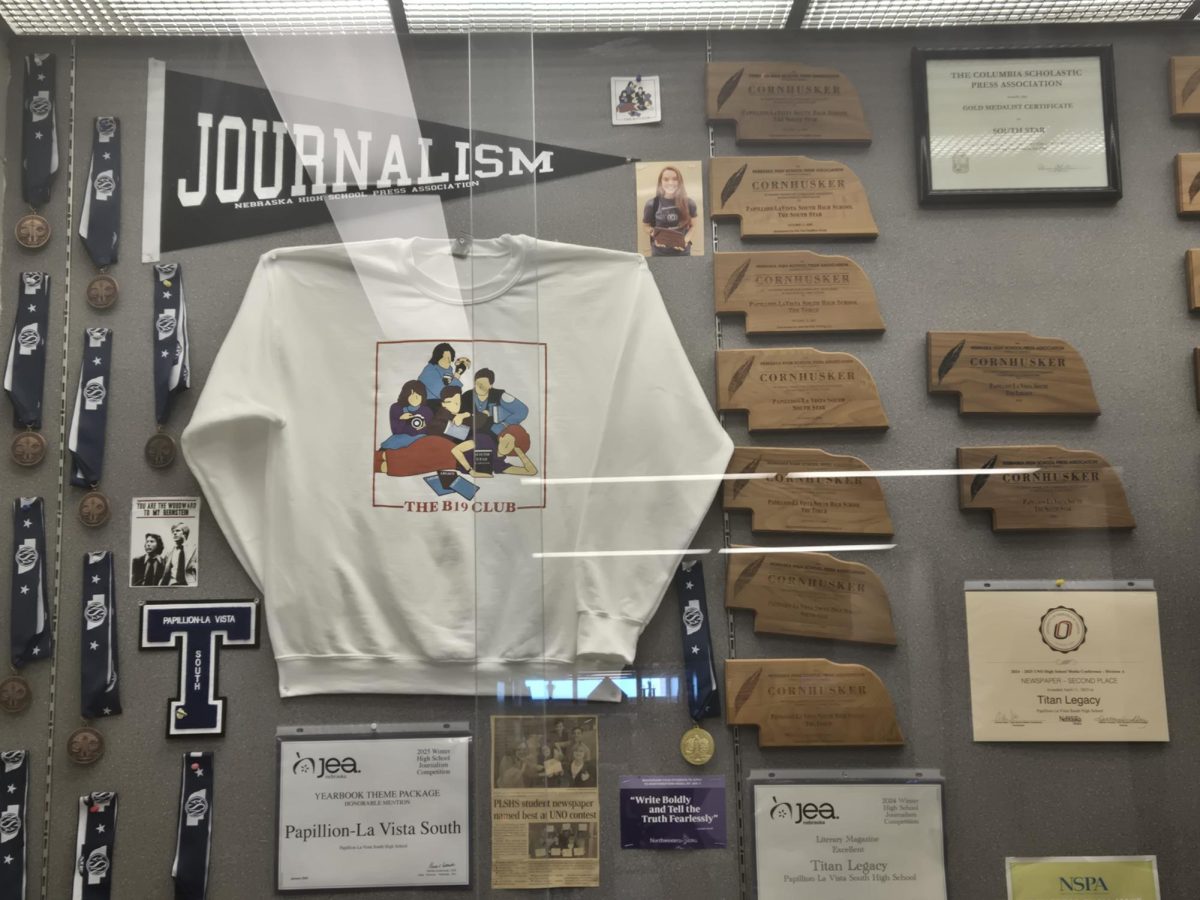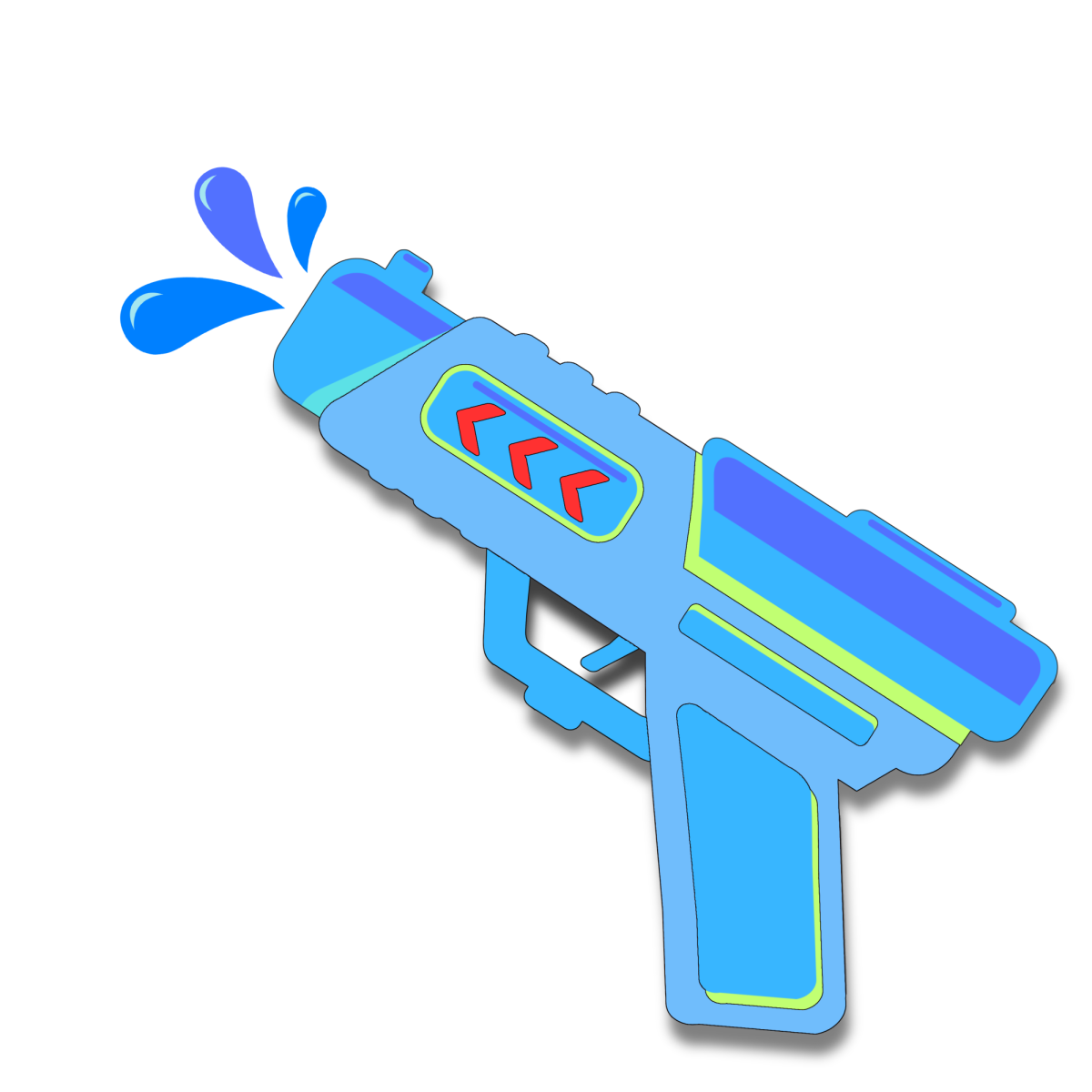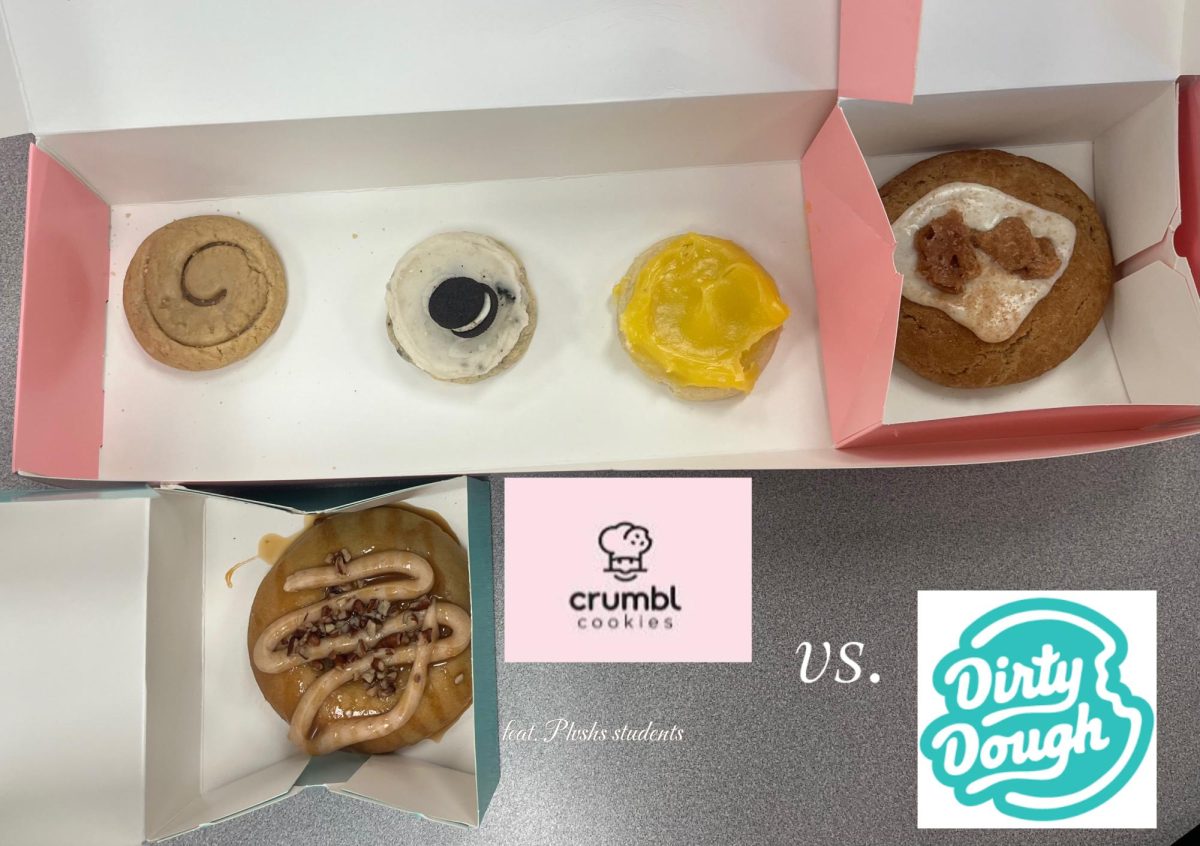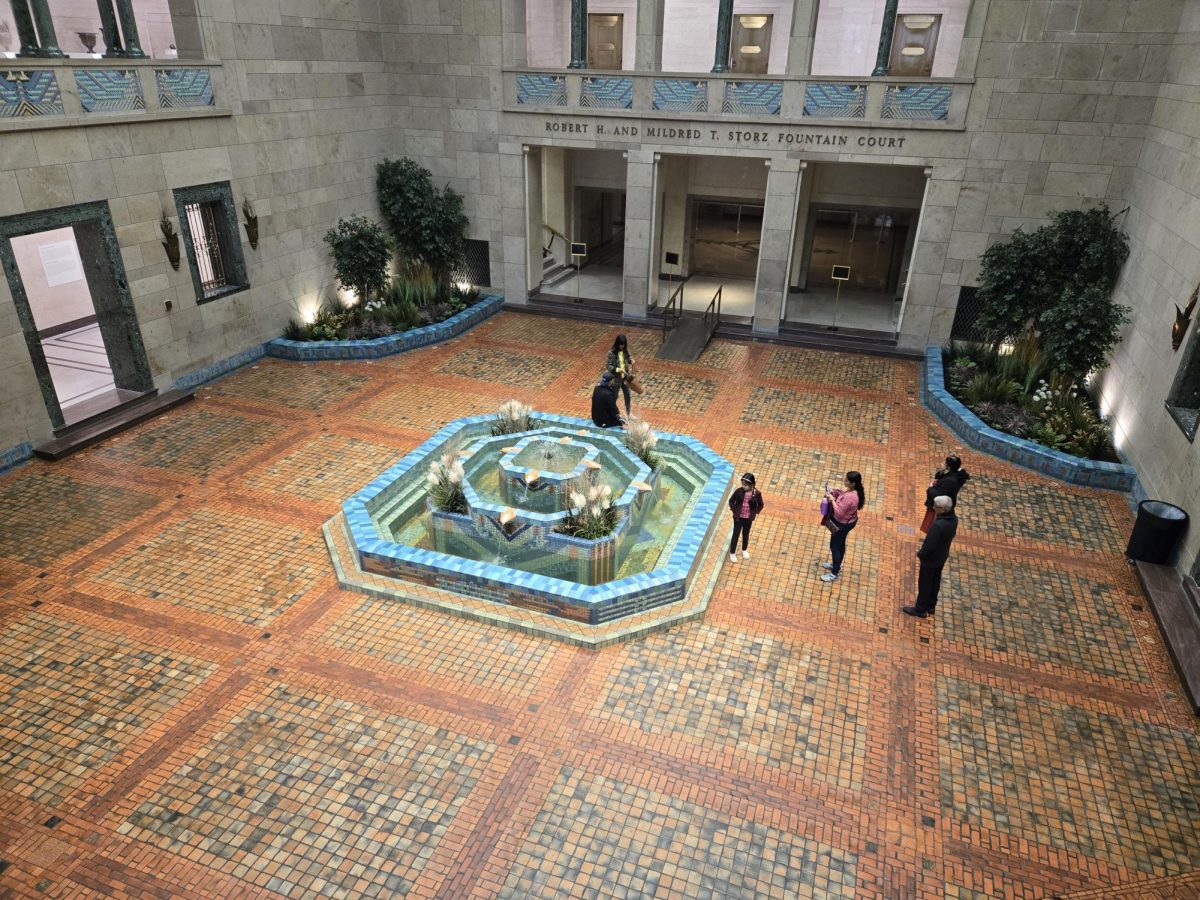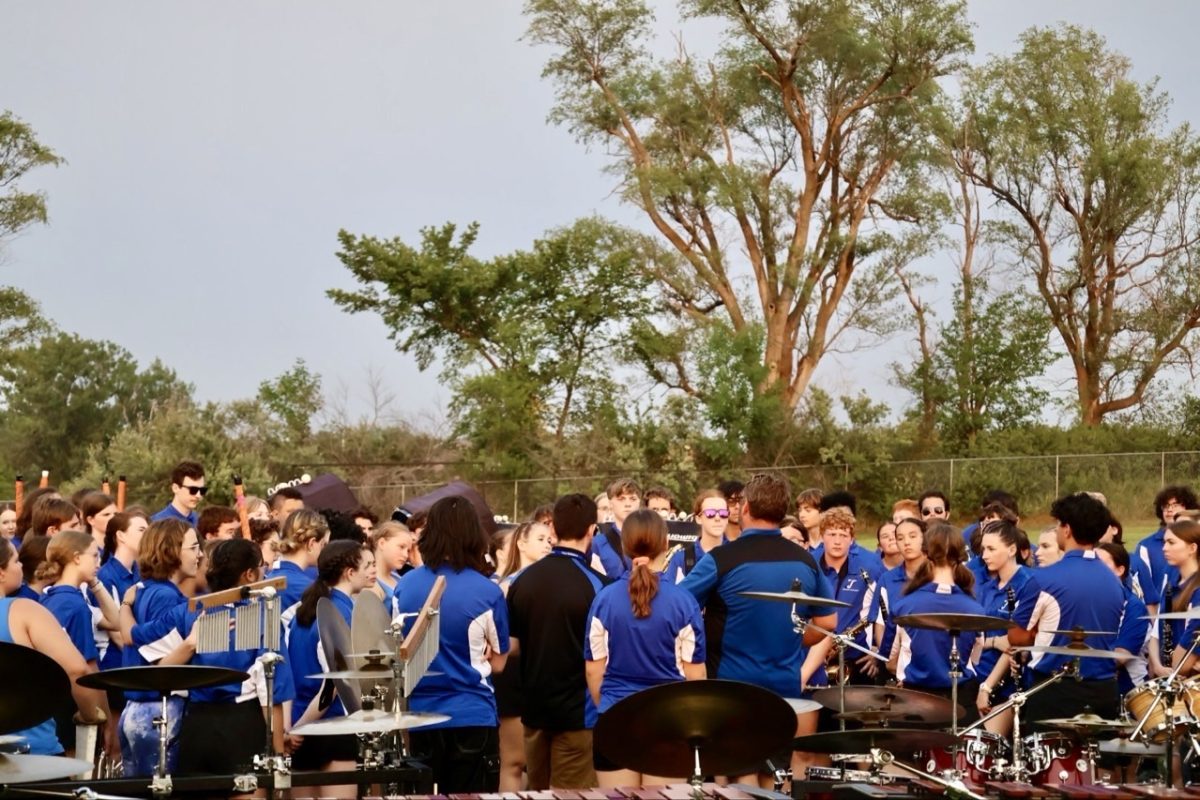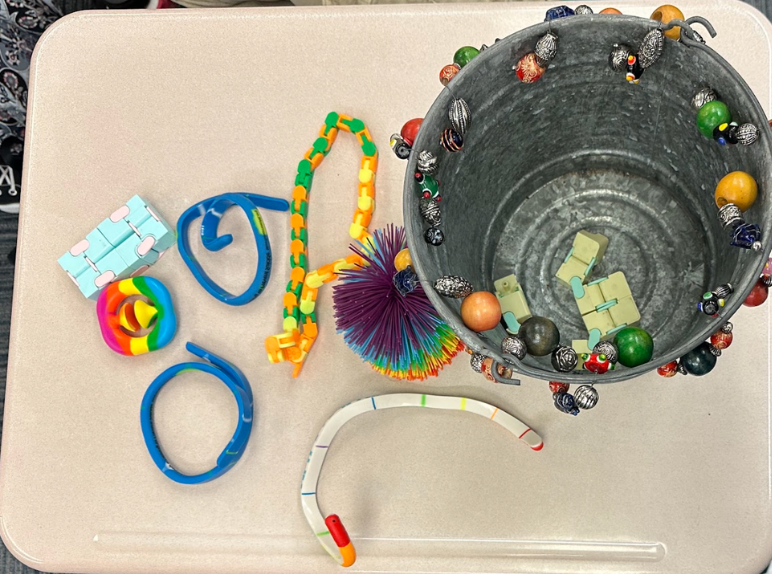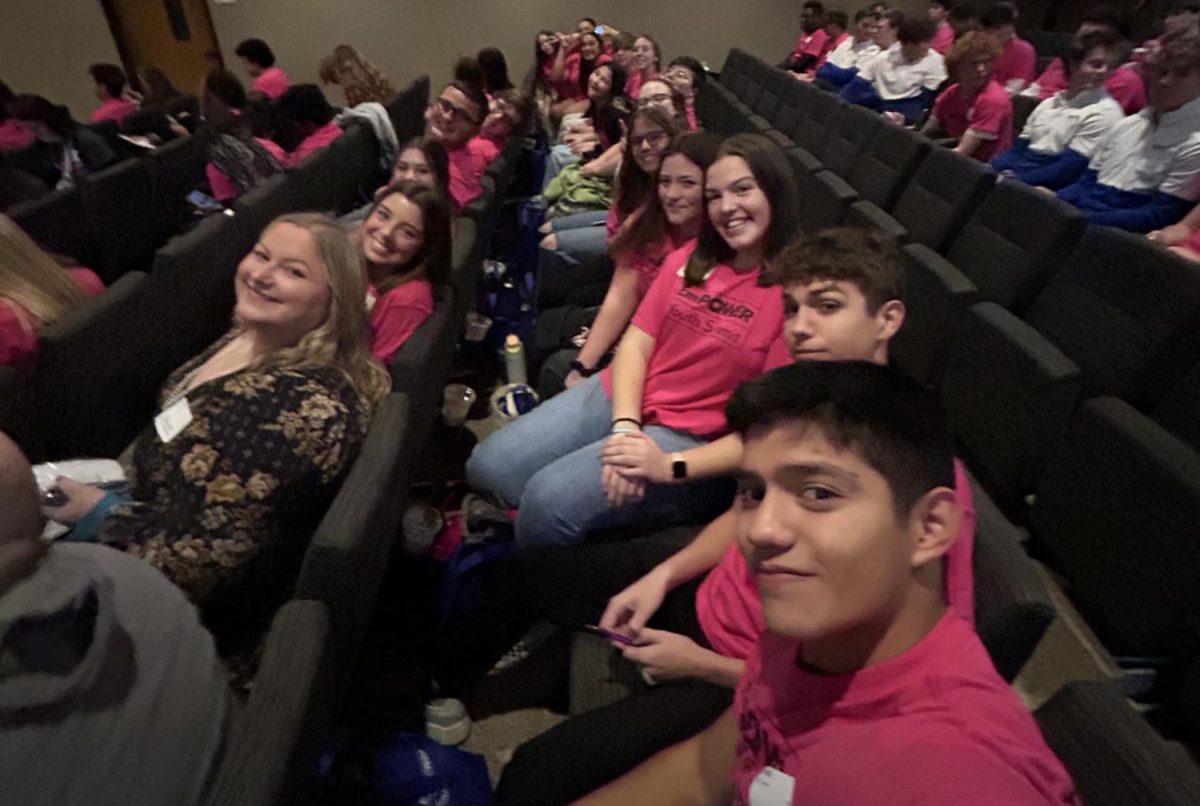As mental health needs have become more prominent in society, students and teachers have found a way to fight some associated disadvantages in the classroom by using fidgets.
Spanish teacher Ms. Allison Andersen said, “In my time of being a teacher for 14 years, I think mental health needs have increased steadily, but since COVID I feel like there has been a little bit of a fluctuation.”
With these needs have come various coping mechanisms.
Andersen said, “I had students that do the …tapping of pencils and things like that…doodling,” Andersen said. “There’s just some kids that always have to have something in their hands – do something – and I feel like instead of focusing on stuff in class, it would turn into other things like being on their phone.”
Because of the potential for such behaviors to create more distraction in class, teachers have started making notes and offering fidgets as an alternative.
Ms. Maddie Estergaard,12th grade English teacher, mentioned how her co-teacher last year, Cassie Young, and social media helped her discover that she herself benefits from fidgeting when teaching.
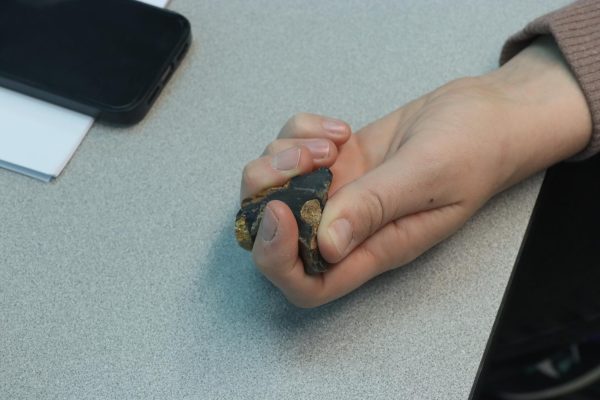
“I have a rock that I hold when I feel either nervous or excited so I have something to fidget with,” Estergaard said.
The student response has also been very positive, Estergaard said, helping make the classroom ready to learn.
“It was incredible because some of my kids who, in group work, if they had a fidget, I just noticed it brought a more relaxed feeling to the group” Estergaard said.
When students receive a privilege such as this, there is the potential to abuse or misuse it. For that reason, both Andersen and Estergaard have the rule that students must not make a distraction of the thing meant to keep them focused.
“We always have a conversation at the beginning of the year that they are tools, not toys…You’re not using a fidget instead of doing your work; it’s in addition to,” Andersen said.
The main goal for these teachers is to keep students focused and happy so that they can learn. Caring about well-being is their number one priority, and it’s seen in the resources they provide and the intentions they share.


![Pictured above is a structure that displays the names of Nebraska Vietnam veterans in order to “honor [their] courage, sacrifice and devotion to duty and country.”](https://plsouthsidescroll.com/wp-content/uploads/2025/10/Trey_092625_0014-e1760030641144-1200x490.jpg)



